
11 Essential Photography Post-Production Techniques
Discover 11 photography post-production techniques to enhance your workflow, from image management basics to color grading and retouching skills.
Learn | Photography Guides | By Ana Mireles
If you’re looking for essential photography post-production techniques, this article is for you.
I’ll start by explaining post-production and how it differs from other terms like photo editing.
I’ll also explain why it’s so important in your photographic process.
Then, I’ll talk about the main techniques photographers use and which programs you can use.
In the end, I’ll also give you a sample workflow and answer some FAQs.
Does it sound good? Let’s get started!
What Is Post-Production In Photography?

Credit: Leeloo The First
Post-production is the last part of the photographic process. The post-production process starts after the image is produced and continues until it becomes a final product.
This means that it encompasses everything from culling to editing to exporting. Everything that happens after you take the photo until you print or publish it is considered post-production.
What Is the Main Purpose of Post-Production?
Post-production works hand in hand with the previous phases of the photographic process.
A professional photographer meets with the client, and they decide on the concept and aesthetics of the photograph. Every step of the way, the idea is to meet that result.
Post-production is the final step, which involves selecting the photos, developing the raw file format, editing and retouching them, and exporting the file so the final photograph is ready to be printed or published.
What Is the Difference Between Post-Production and Post-Processing?
It’s more common to hear the term post-production when working with video. However, you may also use it in photography.
Post-production and post-processing are often used interchangeably – especially in the photographic process. However, they aren’t the same thing if you want to be specific.
The post-production process involves different stages that happen after you produce a photograph. It is the broadest of terms.
Instead, post-processing is one of the stages in photography post-production, and it’s only related to the editing process.
What Is the Difference Between Post-Production and Editing?
Also, in this case, the biggest difference between terms is in the world of video making. In that case, the post-production refers to the overall process.
Instead, editing involves selecting, arranging, and trimming the footage to create coherent and engaging narrative sequences.
The distinction between these terms is not so clear in the photographic realm.
Generally speaking, photo editing is one of the steps of photography post-production. It’s often used interchangeably with photo post-processing.
However, some photographers might differentiate post-processing as file management, exporting, printing, etc, and editing as the enhancing and retouching part. They may even hire a professional photo editor for specific process parts.
How Much Do You REALLY Know About Photography?! 🤔
Test your photography knowledge with this quick quiz!
See how much you really know about photography...

Why Is Post-Production In Photography Important?
In digital photography, post-production starts when you take the images from the digital camera. If you’re working with raw files, you have to ‘develop’ them.
So, post-production starts with these basic adjustments that make raw files look as the photographer intended.
The post-process may also include fixing errors that allow the photographer to achieve the image quality required for a professional result.
Then, it helps the creator achieve their artistic vision—sometimes, this is just a personal preference, and others involve creating scenarios that wouldn’t be possible in real life.
Post-production works together with the pre-production and production phases to achieve the perfect final images. This is what makes photography post-production important.
11 Main Techniques of Photography Post-Production

Credit: Pavel Danilyuk
As we’ve seen, post-production involves editing, retouching, and many other photo post-processing techniques. Here are some of the most important ones.
Culling
As I mentioned, photography post-production includes everything that happens after you take the photo. This means that culling your photographs is part of the post.
Culling means selecting the best shots from a photo session or the multiple images that will be used to compose the final photo.
Some preferred culling programs are Aftershoot, Photo Mechanic, ACDSee, and Lightroom.
Lens correction
Regardless of how good your lens is, it will always create at least a little bit of lens distortion. This is why this is one of the most important post-processing techniques and is often one of the most overlooked.
Most manufacturers distribute a correction algorithm, so you can fix this with your post-processing software by choosing the lens profile.
Otherwise, you can fix this manually.
Color correct
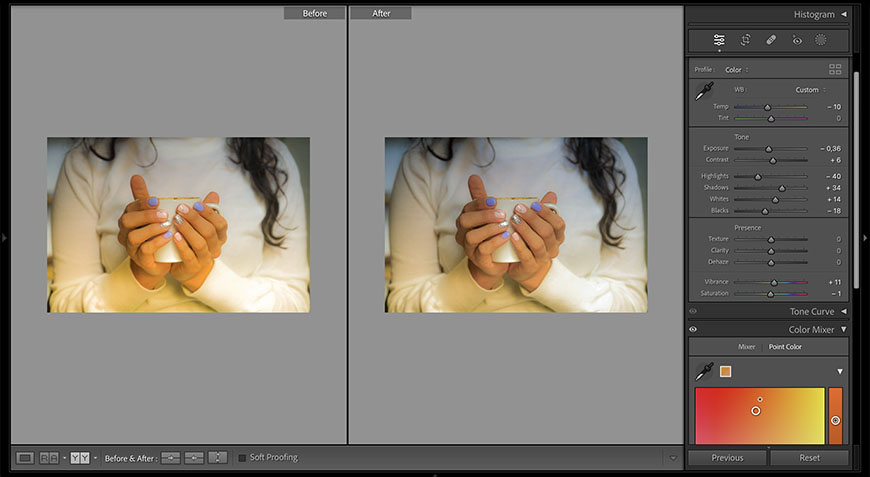
Credit: Nikita Khandelwal
Color correction covers everything from removing a color cast to fixing the white balance and even doing color grading to set the mood of the image.
Adjust exposure
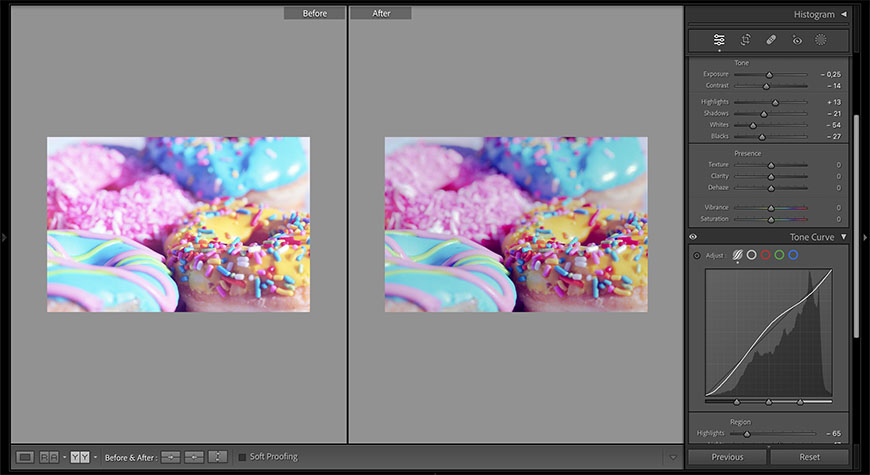
Credit: Alexander Grey
This is one of the most common post-processing techniques. Here, you can adjust the exposure values by adding more light or darkening the image.
You can extend or contract the dynamic range by adjusting the white and black points to change the contrast in the picture, etc.
All photo editing software allows you to do this in the whole image; some let you work locally.
Crop and resize
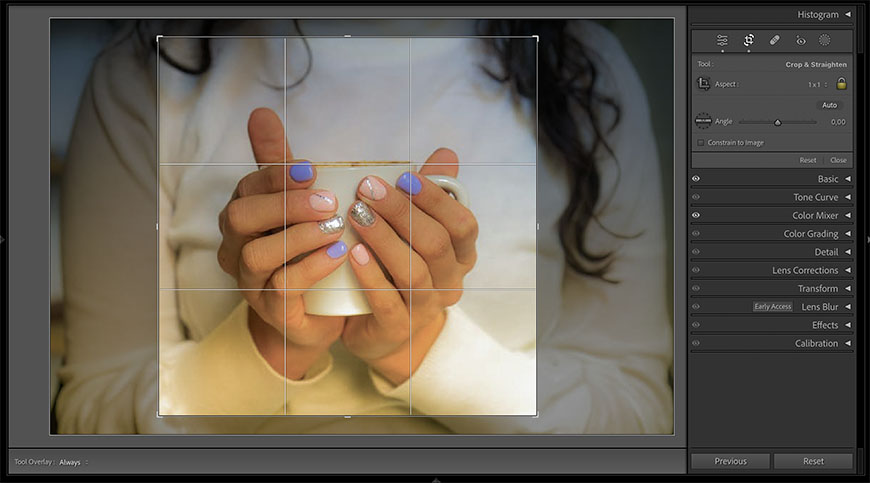
Credit: Nikita Khandelwal
Cropping allows you to adjust the composition of your image, straighten the horizon, and change the aspect ratio.
Instead, resizing lets you adjust the measurements and resolution of your image to use it in different contexts and meet their requirements.
Noise Reduction
Your images may have digital noise if you use long exposures, high ISO, or when you underexposed your images and recover the details in post.
You can use a noise reduction tool or specialized software like Topaz DeNoise to improve the quality of your picture.
Sharpening
Image sharpening is useful when your subject has a soft focus. This may be due to a slow shutter speed, missed focus, or the quality of the lens.
The Unsharp Mask in Photoshop is a user-friendly tool commonly used for this task, or you can use specialist software such as Topaz Sharpen.
Photo retouching
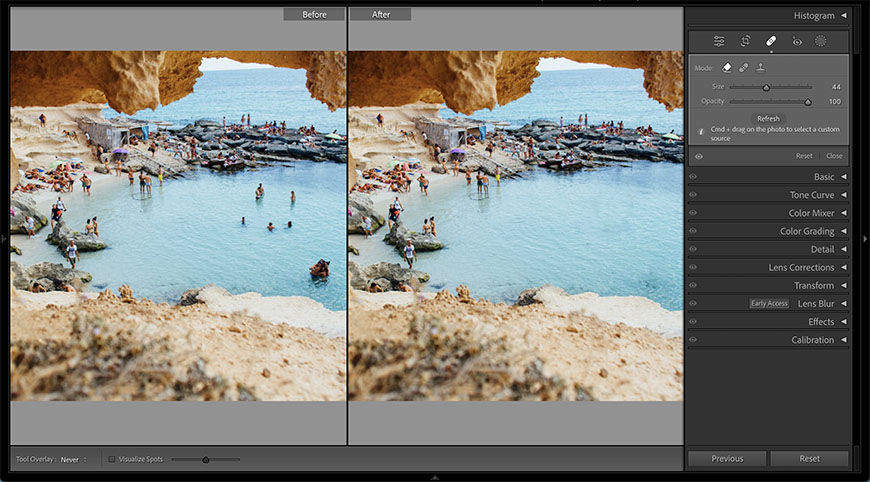
Credit: Riccardo
Photo retouching is a part of the post-production work. You can use tools like a spot healing brush to remove unwanted elements or fix blemishes.
HDR
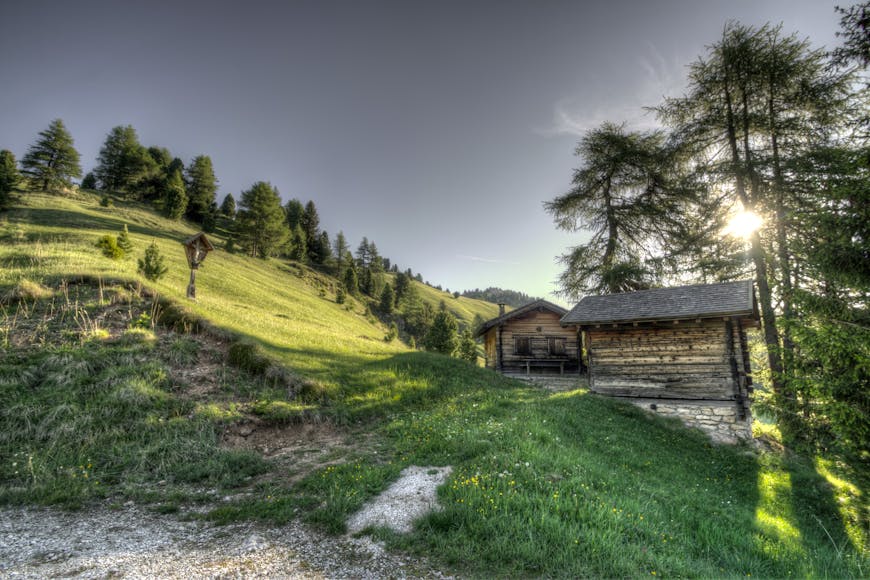
Credit: Eberhard Grossgasteiger
HDR stands for high dynamic range. It’s a post-production work that allows you to extend the dynamic range of your image by blending multiple photos with different exposure values.
This is often used in real estate and landscape photography.
Some good photo editing programs allow you to do this, but dedicated software like Aurora gives the best results.
Focus stacking
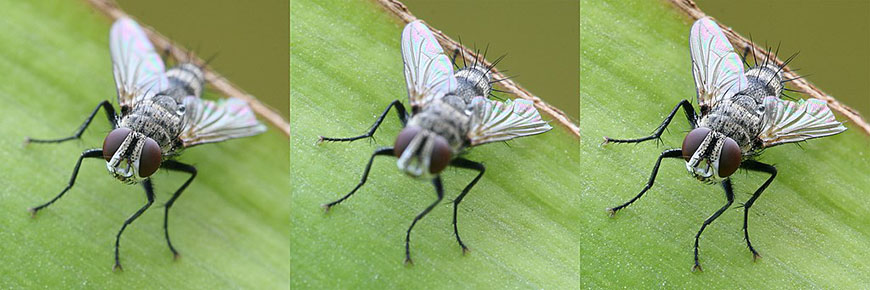
The first two images illustrate the typical DOF of a single image. The third image is a composite of 6 images. Credit: Muhammad Mahdi Karim, CC BY-SA 3.0 DEED, via Wikimedia Commons.
Focus stacking allows you to have everything in focus, even when it’s impossible to achieve in-camera.
You blend multiple pictures with different focal points to create a single image. This post-production technique is often used in product photography – especially for small items like jewelry.
You can find several great dedicated focus stacking tools, or you can check out our guide on focus stacking in Photoshop.
Background change/removal
This technique allows you to remove and change the background of a photo. In product photography, this is often used to place products in a pure-white background.
Instead, in portrait photography, it’s often used to place the subject in a different location by blending two images. The background image may be an outdoor scene, while the subject could’ve been photographed in a studio.
This is also common when using digital backgrounds. It’s also used to change the sky in landscapes.
What Software to Use for Photography Post-Production

Credit: Luca Sammarco
There are many programs dedicated to post-processing photography, and here on Shotkit, we’ve reviewed most of them.
Here are some of the most popular.
- Lightroom – This software from Adobe has file management, photo editing, printing, and web gallery tools. It’s a subscription-based program.
- Adobe Photoshop – This is the industry-standard software if you’re a professional photographer. Unlike Lightroom, this is focused on editing and retouching. It has more advanced tools and allows you to work with layers and layer masks, which allows you to work with photo compositing, text and graphics, etc. It’s a subscription-based program.
- Luminar Neo – This program can be used for photo management, editing, and retouching. It’s a one-off payment; you can buy the updates separately as they are released.
- GIMP – This is one of the most popular free alternatives to Photoshop. It allows you to edit and retouch your images, but it doesn’t have a photo management tool.
- Darktable – This program is the best free alternative to Lightroom as it has tools for file management, editing, and retouching.
- Affinity Photo – You can buy this software with a one-time payment. It’s a great alternative to Photoshop as it allows editing and retouching. It doesn’t have cataloging or management tools.
Post Production in Photography: A Sample Workflow (Lightroom Classic)

Credit: Mart Production
This example of a post-production workflow in Lightroom Classic will help you save time and achieve consistent results.
If you need an in-depth tutorial on how to edit photos in Lightroom, please check our article.
You can also check our guide to understand how to use Lightroom Classic.
- Import your images into Lightroom Classic.
- Use ratings and color labels to cull the images.
- Add keywords and organize your files.
Move to the Develop module to work on your image(s).
- Use the Denoise tool if necessary (if available for your file type).
- Retouch your image by using the content-aware remove tool and healing brush.
- Apply Lens Profile Corrections.
- Make global adjustments. Here, you can adjust the image’s white balance, exposure, contrast, and color.
- Make local adjustments. Using the Mask tool, adjust the specific areas of your image.
- Export. Depending on how you’ll use your images, export your photos, choosing the appropriate format, size, and quality.
FAQs About Post-Production in Photography
What is post-production called in photography?
In photography, post-production is commonly called post-processing or editing. However, some photographers also use the term post-production. Sometimes, each term refers to different parts of the process, but this is less common in photography and more used in video making.
How long does photography post-production take?
Post-production can be very short or very long, depending on the number of pictures and what needs to be done.
If you’re doing color correction on a photo, it takes a few minutes, but if it’s on a thousand photos taken during an event, it may take hours.
However, if you’re doing a complex photo composite – even one can take hours. Of course, your skills, software, and hardware affect how long it takes.
What is an example of post processing?
Post-processing can be as simple as resizing an image to fit the format of a social media platform. Of course, other techniques, such as exposure or color correction, are very common examples. However, it may also be very complex, like photo compositing.
Why is post processing just as important as the production?
Post-processing ensures the outcome is as envisioned in the pre-production phase. Production may have limitations due to budget or gear that can be overcome in post-production. It also allows the photographer to finish the image according to their vision.
Are photography post-production services any good?
Post-production services vary in quality, services, and of course – price. Some post-production services may be very good but are often more expensive. You can check this article to see a comparison example.
Is post production in photography cheating?
I don’t believe post-production is cheating. In my opinion, post-production is part of the photographic process. Not only that, it actually requires a great deal of skills and knowledge – so it’s anything but cheating.
The only reason why I would consider it cheating is if you claim the image is SOOC when it’s not. Certain techniques are off-limits in certain circumstances – for example, in photojournalism or some competitions. So, make sure you follow the guidelines when applicable.

Check out these 8 essential tools to help you succeed as a professional photographer.
Includes limited-time discounts.













